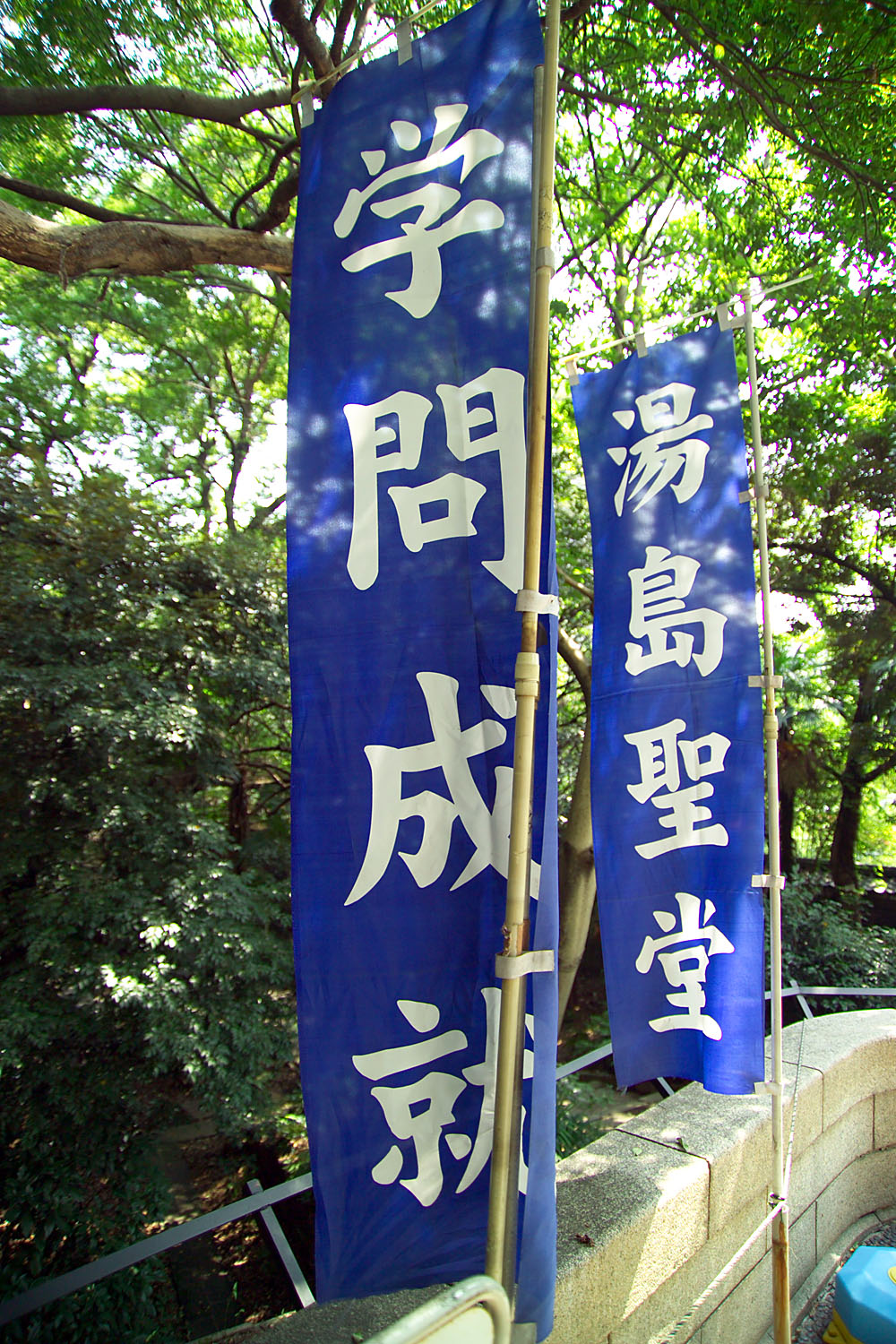Hayashi Jussai on:
[Wikipedia]
[Google]
[Amazon]
was a Japanese
 * Blomberg, Catherina. (1994). ''The Heart of the Warrior: Origins and Religious Background of the Samurai in Feudal Japan.'' London:
* Blomberg, Catherina. (1994). ''The Heart of the Warrior: Origins and Religious Background of the Samurai in Feudal Japan.'' London:
neo-Confucian
Neo-Confucianism (, often shortened to ''lǐxué'' 理學, literally "School of Principle") is a moral, ethical, and metaphysical Chinese philosophy influenced by Confucianism, and originated with Han Yu (768–824) and Li Ao (772–841) in th ...
scholar of the Edo period
The or is the period between 1603 and 1867 in the history of Japan, when Japan was under the rule of the Tokugawa shogunate and the country's 300 regional '' daimyo''. Emerging from the chaos of the Sengoku period, the Edo period was characteriz ...
. He was an hereditary rector
Rector (Latin for the member of a vessel's crew who steers) may refer to:
Style or title
*Rector (ecclesiastical), a cleric who functions as an administrative leader in some Christian denominations
*Rector (academia), a senior official in an edu ...
of Edo’s Confucian Academy, the ''Shōhei-kō'', also known at the ''Yushima Seidō
, is a Confucian temple () in Yushima, Bunkyō, Tokyo, Japan. It was established in end of the 17th century during the Genroku era of the Edo period. Towards the late Edo period, one of the most important educational institutions of the sho ...
,'' which was built on land provided by the shōgun. The ''Yushima-Seidō,'' which stood at the apex of the Tokugawa shogunate
The Tokugawa shogunate (, Japanese 徳川幕府 ''Tokugawa bakufu''), also known as the , was the military government of Japan during the Edo period from 1603 to 1868. Nussbaum, Louis-Frédéric. (2005)"''Tokugawa-jidai''"in ''Japan Encyclopedia ...
's educational system; and Jussai was styled with the hereditary title .
Academician
Hayashi ''Daigaku-no-kami'' Jussai was a member of the Hayashi clan of Confucian scholars, each of whom were ''ad hoc'' personal advisers to the shoguns prominent figures in the educational training system for the ''bakufu
, officially , was the title of the military dictators of Japan during most of the period spanning from 1185 to 1868. Nominally appointed by the Emperor, shoguns were usually the de facto rulers of the country, though during part of the Kamakur ...
'' bureaucrats. The progenitor of this lineage of scholars was Hayashi Razan
, also known as Hayashi Dōshun, was a Japanese Neo-Confucianism, Neo-Confucian philosopher and writer, serving as a tutor and an advisor to the first four ''shōguns'' of the Tokugawa shogunate, Tokugawa ''bakufu''. He is also attributed with f ...
, who lived to witness his philosophical and pragmatic reasoning become a foundation for the dominant ideology of the ''bakufu
, officially , was the title of the military dictators of Japan during most of the period spanning from 1185 to 1868. Nominally appointed by the Emperor, shoguns were usually the de facto rulers of the country, though during part of the Kamakur ...
'' until the end of the 19th century.
This evolution developed in part from the official Hayashi ''schema
The word schema comes from the Greek word ('), which means ''shape'', or more generally, ''plan''. The plural is ('). In English, both ''schemas'' and ''schemata'' are used as plural forms.
Schema may refer to:
Science and technology
* SCHEMA ...
'' equating samurai with the cultured governing class (although the samurai were largely illiterate at the beginning of the Tokugawa shogunate. The Hayashi helped to legitimize the role of the militaristic ''bakufu'' at the beginning of its existence. His philosophy is also important in that it encouraged the samurai class to cultivate themselves, a trend which would become increasingly widespread over the course of his lifetime and beyond. One of Hayashi ''Daigaku-no-kami'' Razan's aphorism encapsulates this view:
:::"No true learning without arms and no true arms without learning."
The Hayashi played a prominent role is helping to maintain the theoretical underpinnings of the Tokugawa regime; and Hayashi ''Daigaku-no-kami'' Jussai was the 8th hereditary rector of ''Yushima Seidō''.
Jussai was the son of Matsudaira Norimori
The was a Japanese samurai clan that descended from the Minamoto clan. It originated in and took its name from Matsudaira village, in Mikawa Province (modern-day Aichi Prefecture). During the Sengoku period, the chieftain of the main line of t ...
of the Iwamura Domain
was a feudal domain under the Tokugawa shogunate of Edo period Japan, located in Mino Province in what is now the town of Iwamura, Gifu. It was centered around Iwamura Castle, and controlled parts of Mino and Suruga Provinces. Iwamura Domain ...
. He was appointed by Matsudaira Sadanobu
was a Japanese ''daimyō'' of the mid-Edo period, famous for his financial reforms which saved the Shirakawa Domain, and the similar reforms he undertook during his tenure as chief of the Tokugawa shogunate, from 1787 to 1793.
Early life
Mats ...
to be heir to the previous Hayashi family head, Kimpō.Ooms, ''Charismatic Bureaucrat'', p. 144.
Notes
References
 * Blomberg, Catherina. (1994). ''The Heart of the Warrior: Origins and Religious Background of the Samurai in Feudal Japan.'' London:
* Blomberg, Catherina. (1994). ''The Heart of the Warrior: Origins and Religious Background of the Samurai in Feudal Japan.'' London: RoutledgeCurzon
Routledge () is a British multinational publisher. It was founded in 1836 by George Routledge, and specialises in providing academic books, journals and online resources in the fields of the humanities, behavioural science, education, law, and ...
.
* Ooms, Herman (1975). ''Charismatic Bureaucrat''. Chicago: University of Chicago Press
The University of Chicago Press is the largest and one of the oldest university presses in the United States. It is operated by the University of Chicago and publishes a wide variety of academic titles, including ''The Chicago Manual of Style'', ...
.
* Ponsonby-Fane, Richard A. B. (1956). ''Kyoto: The Old Capital of Japan, 794-1869.'' Kyoto: The Ponsonby Memorial Society.
1768 births
1841 deaths
Japanese Confucianists
Ogyū-Matsudaira clan
{{Japan-academic-bio-stub